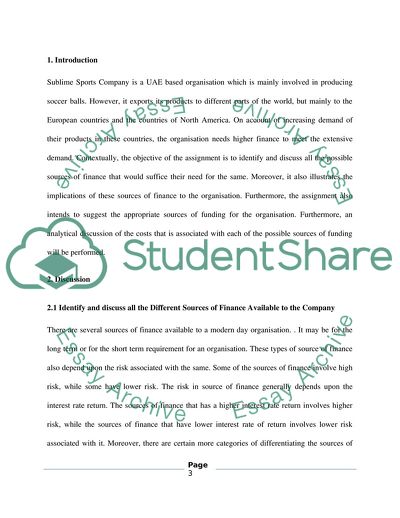Cite this document
(Understanding the sources of finance available to a business Assignment, n.d.)
Understanding the sources of finance available to a business Assignment. https://studentshare.org/finance-accounting/1842939-understanding-the-sources-of-finance-available-to-a-business
Understanding the sources of finance available to a business Assignment. https://studentshare.org/finance-accounting/1842939-understanding-the-sources-of-finance-available-to-a-business
(Understanding the Sources of Finance Available to a Business Assignment)
Understanding the Sources of Finance Available to a Business Assignment. https://studentshare.org/finance-accounting/1842939-understanding-the-sources-of-finance-available-to-a-business.
Understanding the Sources of Finance Available to a Business Assignment. https://studentshare.org/finance-accounting/1842939-understanding-the-sources-of-finance-available-to-a-business.
“Understanding the Sources of Finance Available to a Business Assignment”. https://studentshare.org/finance-accounting/1842939-understanding-the-sources-of-finance-available-to-a-business.


